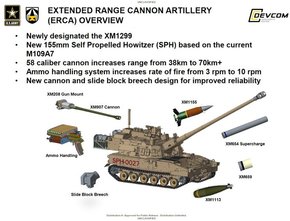The Army working to cement it's relevance in the joint battlespace.
Army Set to Sink Ship in 2018 as PACOM Operationalizes Multi-Domain Battle Concept
Army Set to Sink Ship in 2018 as PACOM Operationalizes Multi-Domain Battle Concept
U.S. Pacific Command has plans to put into practice a joint-service concept to integrate air, land and sea operations, with a mandate for all the services to incorporate the concept into their exercises in a lead-up to the Army sinking a ship at next year’s Rim of the Pacific exercise, the PACOM commander said last week.
Adm. Harry Harris said in a May 24 speech at the Land Forces in the Pacific Symposium in Hawaii that it is “critical that we approach implementing the
Multi-Domain Battle concept with a sense of urgency” as threats in the Pacific increase. Multi-Domain Battle seeks to bring all the services together – with all their various sensors, weapons and networks – to create cross-domain warfighting capabilities for the combatant commanders to use.
Harris said in his speech that “I’d like to see the Army’s land forces sink a ship, shoot down a missile, and shoot down the aircraft that fired that missile – near simultaneously – in a complex environment where our joint and combined forces are operating in each other’s domains...The goal to provide joint solutions between sensors and shooters at the tactical level across multiple domains, this is juice worth the squeeze."
More...

